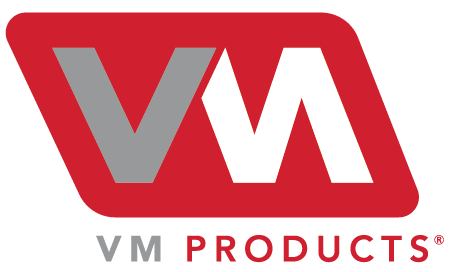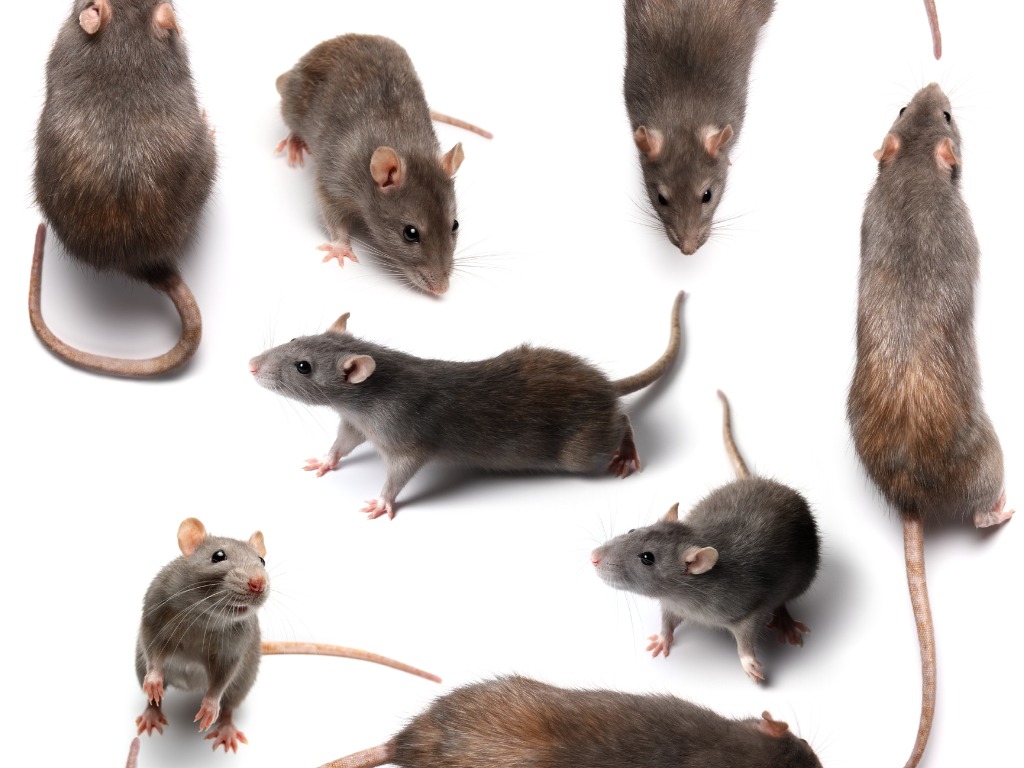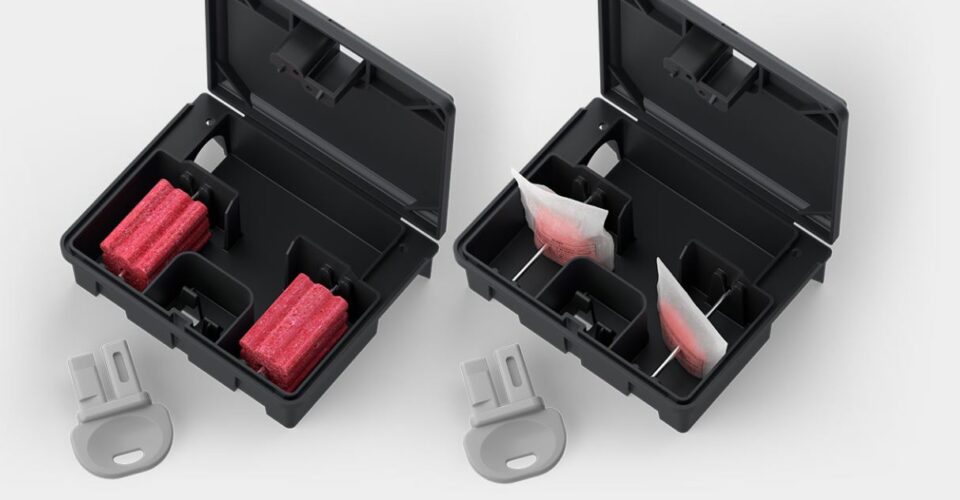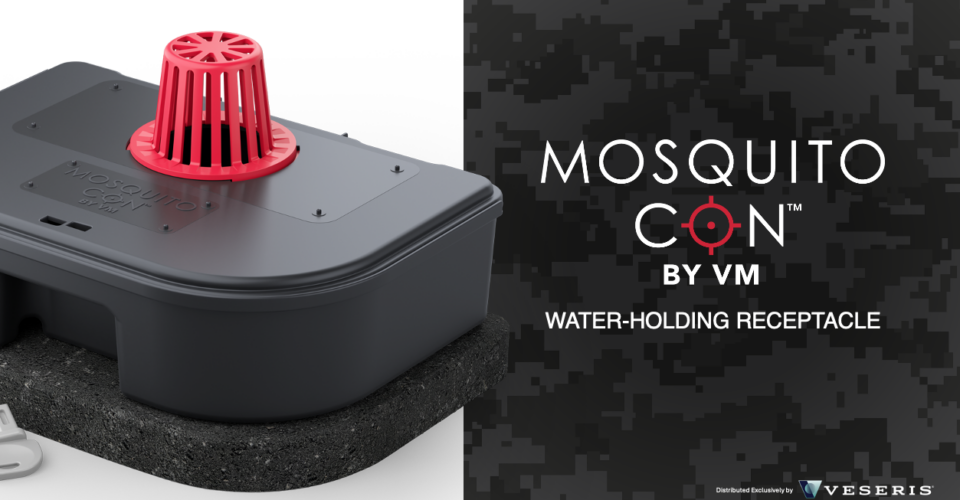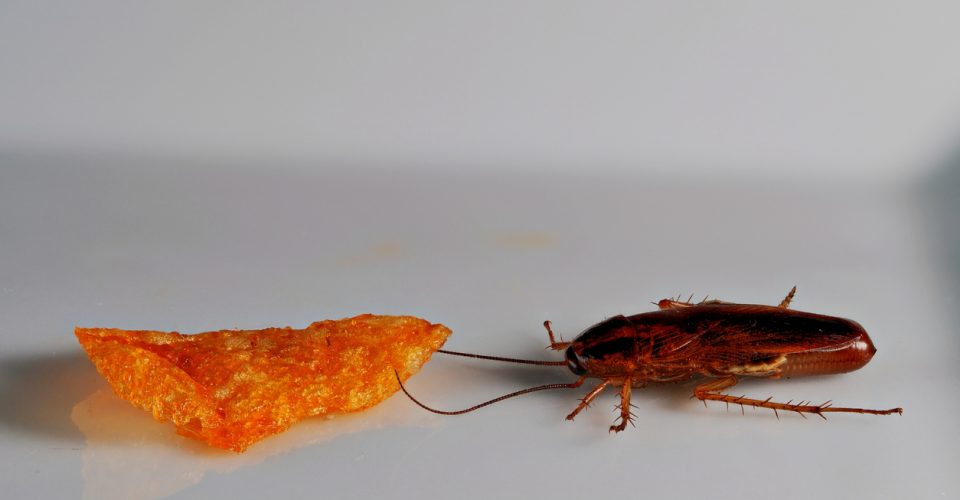Research into the commensal species of rodents (house mouse, Norway rat, and roof rat) has shown that these animals carried a multitude of parasites. They were most often found to have mites, followed by ticks, lice, and fleas.
Two things to consider
First: What pest is the rodent causing?
Particularly in situations where the rodent population is high, the rodents can be causing the issues with mites, ticks, and/or fleas. While this study didn’t evaluate non-parasite issues, there can also be issues with dermestids feeding on cached food, flies feeding on dead rodents, and even cigarette beetles feeding on old rodent bait the customer put out. While rodents are a problem themselves, they are also causing the other pest issues. Carefully evaluate the situation and ensure that if there are other pest issues being caused by the rodents, you make the customer aware of that. If there is a rodent issue, look for these other issues that rodents can cause.
Second: Taking care of the secondary pest.
You may eliminate the rodent population in and around a structure, but the problem with fleas, ticks, and mites can continue and even worsen. Without their primary host, fleas and mite will look for an alternative warm-blooded meal: your customer. If rodents aren’t removed from traps in a timely manner or die in inaccessible locations (wall voids, crawlspaces) their carcasses can harbor fly issues. The secondary pest issues typically start around one week after the rodents have been eliminated or reduced. Customers may think this is a new or different problem, despite it being related to the original rodent problem.
Consider a good IPM program – inspection, sanitation, exclusion, and treatment. Inspection should include looking for evidence of secondary pests the rodents may be carrying. Sanitation should include cleaning up the rodent habitat to help rid the area of all the pests. Once exclusion has been completed to keep the rodents out, treatment may be necessary to target the mites, ticks, and fleas that will now be looking for their next meal. Then there is continued prevention tactics like utilizing bait stations to keep outside rodent populations low.
One of the best professional rodent bait stations on the market is our EZ Secured. Use it to bait, trap, and monitor populations. The EZ Secured is built to adapt to its environment and withstand whatever nature throws its way. Constructed with VM Products’ patented process using lag screws and flexible fastening cones, the station and block lock together for simple shipment and movement. Drains placed throughout the station keep bait dry. Use EZ Secured® for an unmatched level of durability and maximized performance.
When doing rodent clean out jobs, don’t forget your PPE to protect yourself. When using rodenticides and insecticides, always read and follow all label regulations.
For more on managing rodents, dealing with secondary pest issues, and rodent control tools like the EZ Secured Bait Station, click here!
